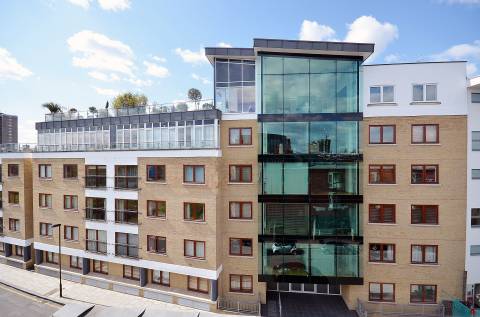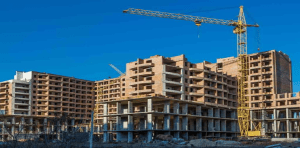The appeal of Ground Rents to Investors

A ground rent is an annual fee paid by the leaseholder’s to the freeholder over the length of the lease for renting the land on which the flats are standing.
The number of years in the lease can vary from 99 years to 999 years, although most common are now 125 year leases.
Investors of this type of investment include; property companies, ground rent funds, pension funds and some private individuals. Investors see ground rents as a safe investment as the annual ground rent is secured against the flat.
If the leaseholder did not pay their annual ground rent of say £200, they could, in essence risk losing their flat to the freeholder.
Although this scenario is very rare indeed as the vendors mortgagee would step in and pay the outstanding ground rent to avoid losing their security.
What investors like about ground rents is that the ground rent in most cases, increases throughout the term, easing their concerns over inflation.
The most common uplift for ground rents double every 25 years, although some are linked to the Retail Price Index (RPI).
The RPI linked increases can also take place after 1 year, 3 years or 5 years but most common are every 10 years or 25 years. There are other indexes ground rents are linked to, that include the Halifax Price Index (HPI) and the Nationwide Price Index (NPI).
The holy grail of ground rents are those that double every 10 years, so if the annual ground rent is currently £300 per annum, in 2052, it would be £4,800. On a block of 10 units, the annual ground rent income would be £48,000 and 20 years later on that same block, the annual income would be £192,000. These are quite rare and sometimes the income flatlines after the 50th anniversary.
A lot of companies and fund managers are now looking towards ground rents as an alternative investment as there is very little risk and less exposure than investing on the worlds financial markets.





